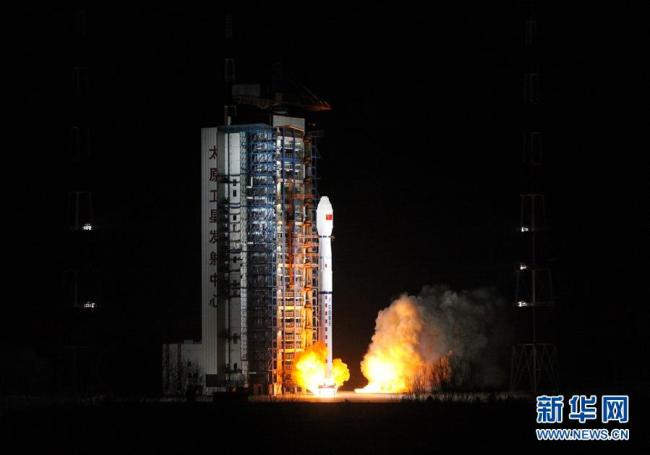China's new meteorological satellite monitors global carbon emissions
China's newly launched meteorological satellite, Fengyun-3D, can monitor global greenhouse gas emissions with high accuracy, according to the satellite's designers.
 |
|
China launches a new meteorological satellite Fengyun-3D from the Taiyuan Satellite Launch Center in northern China's Shanxi Province, at 2:35 a.m. Beijing Time, Nov. 15, 2017. [Photo/Xinhua] |
The satellite, which was launched early Wednesday from the Taiyuan Satellite Launch Center in northern China's Shanxi Province, carries hyper-spectral greenhouse gas monitoring equipment, said Xu Pengmei, researcher at China Aerospace Science and Technology Corporation, which developed the satellite.
The satellite's monitoring of greenhouse gases such as carbon dioxide, methane, and carbon monoxide could be used for studies on the source of greenhouse gases and their relationship to climate change, Xu said.
It will also provide key data for studying global carbon cycling and enhance China's future contributions on issues such as global carbon emissions, she added.
The satellite will form a network with the three previously launched Fengyun-3 series satellites, which can shorten the update time for global weather forecasts to four hours from the current six.
Fengyun-3D is one of China's second generation of Polar-Orbiting Meteorological Satellites and a major part of the global space-based meteorological observation system.
A Long March-4C rocket carried the satellite into space. The satellite has entered its orbit, making it the 16th Fengyun series meteorological satellite successfully launched by China.
The launch was the 254th mission by the Long March rocket series.